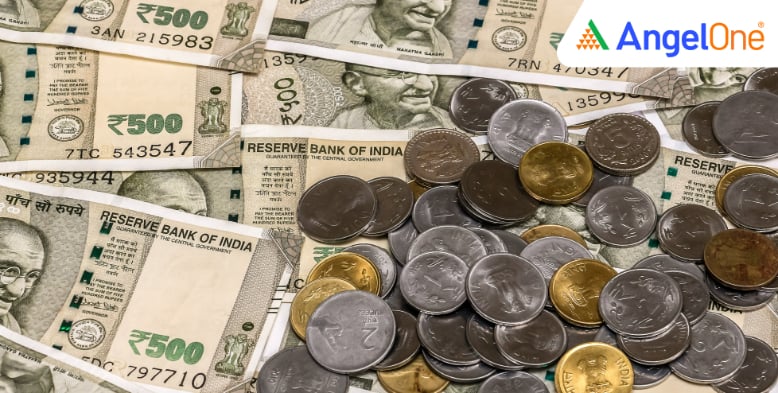
The Indian rupee may be entering a phase of near-term stability after weeks of volatility, as global currency dynamics shift in favour of emerging markets. According to Emkay Wealth Management’s latest Press Navigator report, the recent strength in the US dollar appears to be waning, which could offer some relief to the domestic currency.
The report stated that the dollar’s recent 1% uptick was likely temporary and driven by short-term global factors such as trade uncertainties and mixed signals from the US Federal Reserve on future interest rate decisions. However, the dollar has weakened by nearly 4.8% over the past year against major global currencies, signalling a softer trend.
With the yield on US 10-year Treasury notes falling below 4%, markets seem to have factored in the possibility of interest rate cuts in 2026. This has reduced the likelihood of further dollar appreciation, paving the way for other currencies, including the Indian rupee, to stabilise.
The rupee, which touched ₹88.80 per US dollar in early October before recovering to around ₹87.70 by month-end, has faced pressure due to a widening trade deficit and sustained foreign institutional investor (FII) outflows since late 2024.
However, Emkay noted that recent positive FII inflows could support the rupee’s recovery in the near term. The report also highlighted that the rupee’s future trajectory will depend on the pace of these inflows and the direction of crude oil prices.
India’s merchandise trade deficit reached a 13-month high of $32.15 billion in September, mainly due to increased imports of gold, silver, fertilisers, and electronics. Meanwhile, export growth has remained modest, affected by global demand weakness and higher US tariffs on certain sectors such as textiles and jewellery.
For the first half of FY26, the trade deficit stood at $154.98 billion. Emkay Wealth expects the rupee to appreciate slightly, potentially moving towards ₹87.20–₹87.30 against the US dollar if the current equity market momentum continues.
The report also suggested that corporate entities should continue to hedge their near-term receivables and payables, given the ongoing external trade and rate volatility.
Read More:Why the Indian Rupee Is Falling in 2025?
While the rupee has faced several headwinds in recent months, factors such as easing dollar strength, improving foreign inflows, and resilient equity markets could help the currency regain stability in the near term. However, its performance will remain sensitive to shifts in global trade trends and monetary policy expectations.
Disclaimer: This blog has been written exclusively for educational purposes. The securities mentioned are only examples and not recommendations. This does not constitute a personal recommendation/investment advice. It does not aim to influence any individual or entity to make investment decisions. Recipients should conduct their own research and assessments to form an independent opinion about investment decisions.
Investments in the securities market are subject to market risks. Read all the related documents carefully before investing.
Published on: Nov 12, 2025, 2:24 PM IST

Suraj Uday Singh
Suraj Uday Singh is a skilled financial content writer with 3+ years of experience. At Angel One, he excels in simplifying financial concepts. Previously, he cultivated his expertise at a leading mortgage lending firm and a prominent e-commerce platform, mastering consumer-focused and engaging content strategies.
Know MoreWe're Live on WhatsApp! Join our channel for market insights & updates